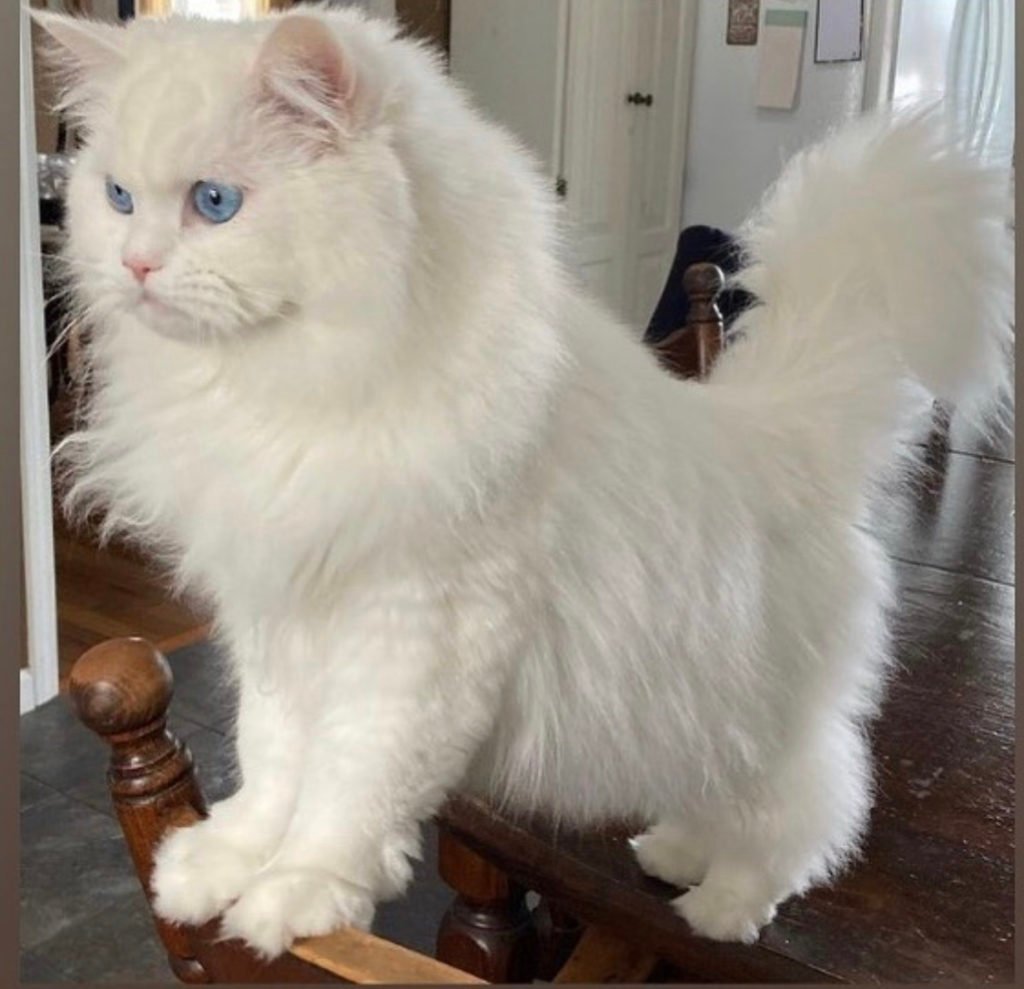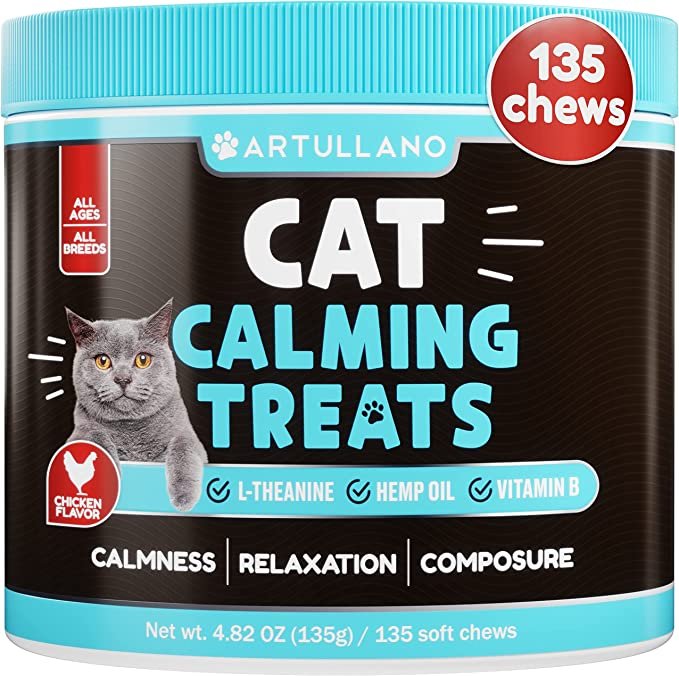Can cats have ADHD? Discover the truth behind feline hyperactivity, impulsivity, and inattention, and learn how to manage ADHD-like behaviors in your feline friend.
Have you ever wondered whether your cat might have ADHD? As a pet parent, it’s natural to be concerned about your cat’s well-being and wonder if their behavior is normal or indicative of a deeper issue. This article will explore the exciting topic of ADHD in people and whether cats can show similar symptoms.
Characteristics of Cats with ADHD-Like Behavior
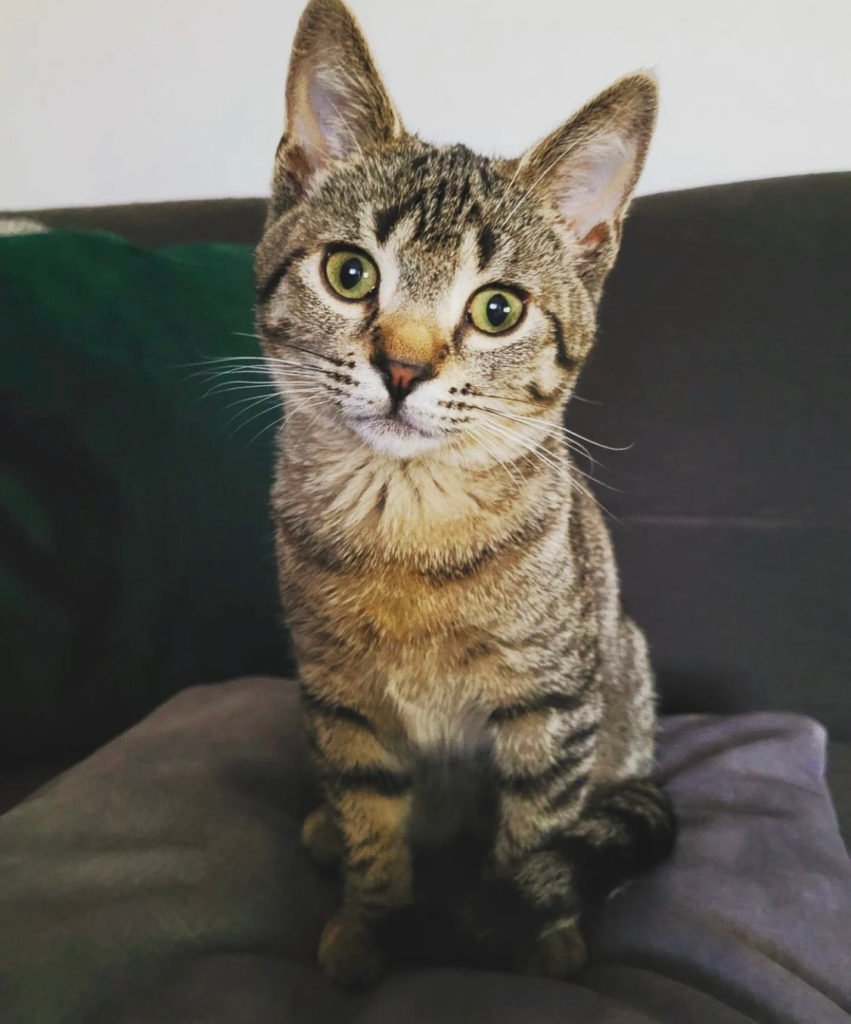
Hyperactivity
Cats with ADHD-like symptoms often exhibit excessive energy, making them seemingly tireless as they constantly seek stimulation. These feline dynamos may have difficulty settling down, leaving them to jump from one activity to another without rest.
Excessive Energy
A cat displaying excessive energy may engage in long playtime, restlessly explore their environment, or even display destructive behaviors as they seek new outlets for its boundless enthusiasm.
Difficulty Settling Down
Cats with ADHD-like hyperactivity might struggle to find tranquility, even during typically serene moments. They may continually interrupt their grooming sessions, have difficulty relaxing in their owner’s lap, or show signs of agitation during naptime.
Impulsivity
Impulsivity in cats can manifest in various ways, from their inability to wait their turn for treats to acting without thinking, potentially leading to problematic situations.
Inability to Wait Their Turn
Cats exhibiting impulsive behavior may struggle with patience, especially regarding their favorite things, like food, toys, or attention. They may frantically jump, swat, or meow rather than wait calmly like their more patient counterparts.
Acting Without Thinking
Impulsive feline actions can include:
- They were darting across a room without considering potential obstacles.
- They are engaging in risky behaviors like jumping from high places.
- Suddenly swiping at other pets or people, seemingly out of the blue.
Inattention
Cats with ADHD-like symptoms may struggle to maintain focus, making them easily distracted by even the slightest stimuli in their environment.
Difficulty Focusing
A cat with inattention issues might struggle to engage in a single task or activity for an extended period. They might frequently abandon their toys, lose interest in grooming midway, or seem disinterested in their owner’s attempts to engage them.
Easily Distracted
Cats displaying inattention may be easily sidetracked by environmental stimuli such as a rustling leaf, a flickering light, or distant sounds, often causing them to lose focus on their current activity.
Comparing ADHD in Humans and Cats
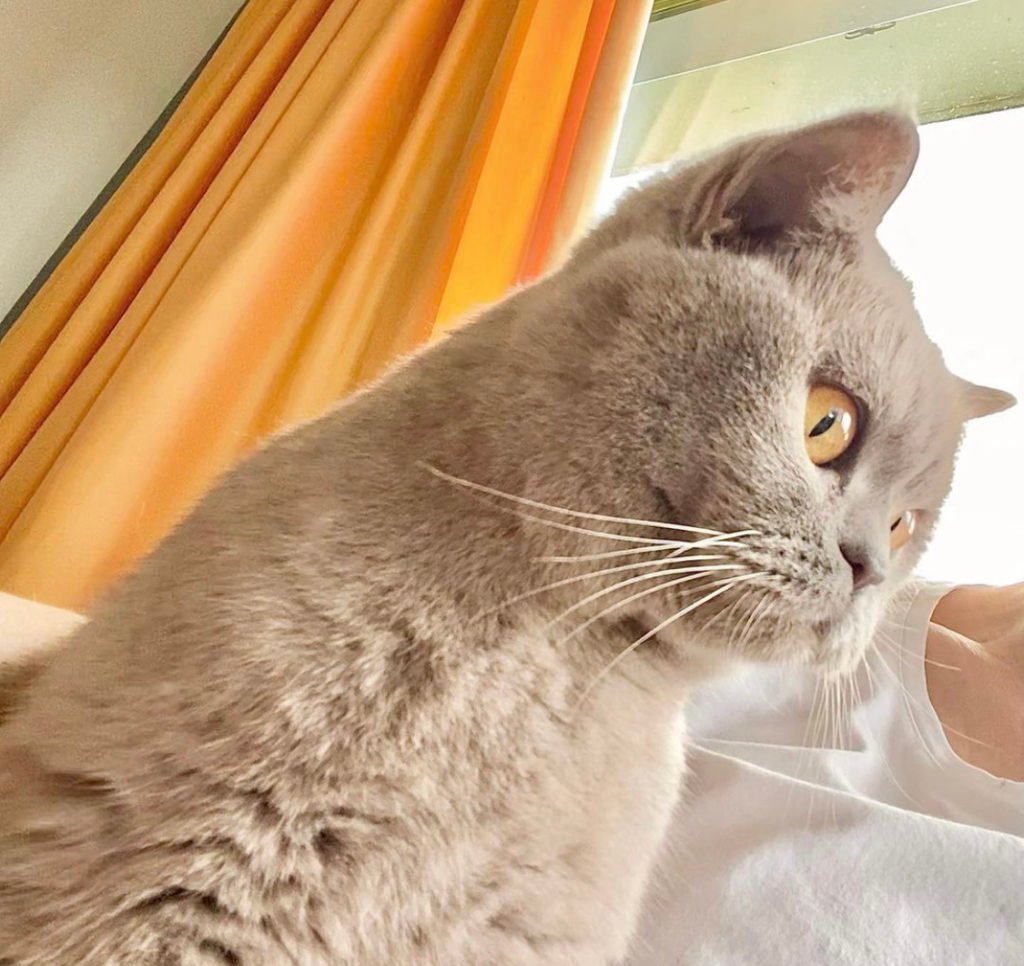
Similarities in Symptoms and Behavior
Remarkably, humans and cats can exhibit symptoms resembling ADHD, creating a fascinating bridge between our species. Some noteworthy parallels include the following:
- Hyperactivity: Like humans with ADHD, cats can display excessive energy, making it challenging to settle down or relax. This shared trait can manifest as restless movement or an insatiable need for stimulation.
- Impulsivity: Both humans and cats can exhibit impulsive behaviors that lead to acting without thinking or an inability to wait patiently. This commonality can create challenges in daily life, from waiting for treats to navigating social situations.
- Inattention: Difficulty focusing and being easily distracted are hallmarks of ADHD in humans, and cats can show similar tendencies. For both species, this can result in losing interest in activities quickly or needing help concentrating on a single task.
Differences in Diagnosing and Treatment Options
While similarities in symptoms and behavior exist, there are also significant differences in diagnosing and treating ADHD in humans and ADHD-like behaviors in cats.
- Diagnosing: ADHD is a well-established human condition with clear diagnostic criteria and testing methods. In contrast, cats do not have a formal ADHD diagnosis. Instead, veterinarians evaluate feline ADHD-like behaviors on a case-by-case basis, often ruling out other medical conditions first.
- Treatment Options: Human ADHD treatments typically involve a combination of medication, therapy, and lifestyle changes. Treatment focuses on environmental enrichment, behavior modification, and consistent routines for cats. Medication is reserved for extre
You May Also Interest: Cat Body Language Tail: How to Speak Fluent Feline
Causes of ADHD-Like Behavior in Cats
Genetic Factors
While there’s no definitive answer, some experts believe genetics may play a role in feline ADHD-like behaviors. Just as human ADHD can run in families, specific breeds or genetic lines of cats might be more predisposed to display these traits. Further research is needed to determine how genetics influence these behaviors in our feline friends.
Environmental Factors
Environmental factors can significantly impact a cat’s behavior, and two key elements, in particular, can contribute to ADHD-like symptoms:
Stress and Anxiety
Cats, like humans, are susceptible to stress and anxiety. Changing routines, moving to a new home, or conflicts with other pets can increase your cat’s stress levels. This heightened state can manifest as hyperactivity, impulsivity, and inattention as your cat struggles to cope with anxiety.
Inadequate Stimulation or Socialization
Cats require mental and physical stimulation to thrive. Boredom can lead to ADHD-like behaviors as your cat seeks new play methods. Similarly, insufficient socialization during a kitten’s early life can increase the likelihood of developing these behaviors as they grow.
You May Also Interest: Unveiling the Rainbow: Exploring What Colors do Cats See
Diagnosis of ADHD-Like Behavior in Cats
Challenges in Diagnosing Cats
Diagnosing ADHD-like behaviors in cats can be challenging due to the absence of standardized diagnostic criteria. Moreover, cats are known for their enigmatic nature, making it difficult to discern if their behavior is normal or a sign of an underlying issue. Working with a reliable veterinarian is the best way to deal with these challenges.
Importance of Veterinary Consultation
Veterinarian assistance is essential for understanding your cat’s behavior and identifying health issues. A vet will assess your cat’s overall health, consider their medical history, and ask about any recent environmental changes. This comprehensive evaluation will help to pinpoint the cause of your cat’s ADHD-like behaviors and guide appropriate treatment options.
Rule Out Other Medical Conditions
Before attributing your cat’s behavior to ADHD-like symptoms, it’s essential to rule out other medical conditions causing similar signs. Some need to consider include:
Hyperthyroidism
Hyperthyroidism, a common condition in older cats, is characterized by an overactive thyroid gland that produces excess thyroid hormone. That can lead to symptoms such as restlessness, weight loss, and increased activity levels.
Anxiety Disorders
Cats can suffer from anxiety disorders that manifest in behaviors similar to ADHD-like symptoms. Separation anxiety, generalized anxiety, or phobias can trigger restlessness, agitation, and inattention in affected cats.
Cognitive Dysfunction Syndrome
Cognitive Dysfunction Syndrome (CDS) affects older cats, causing a decline in cognitive function. Symptoms can include disorientation, changes in sleep patterns, and altered social interactions, which may resemble ADHD-like behaviors.
You May Also Interest: Do Cats Know When You Are Sad?
Management and Treatment of ADHD-Like Behavior in Cats
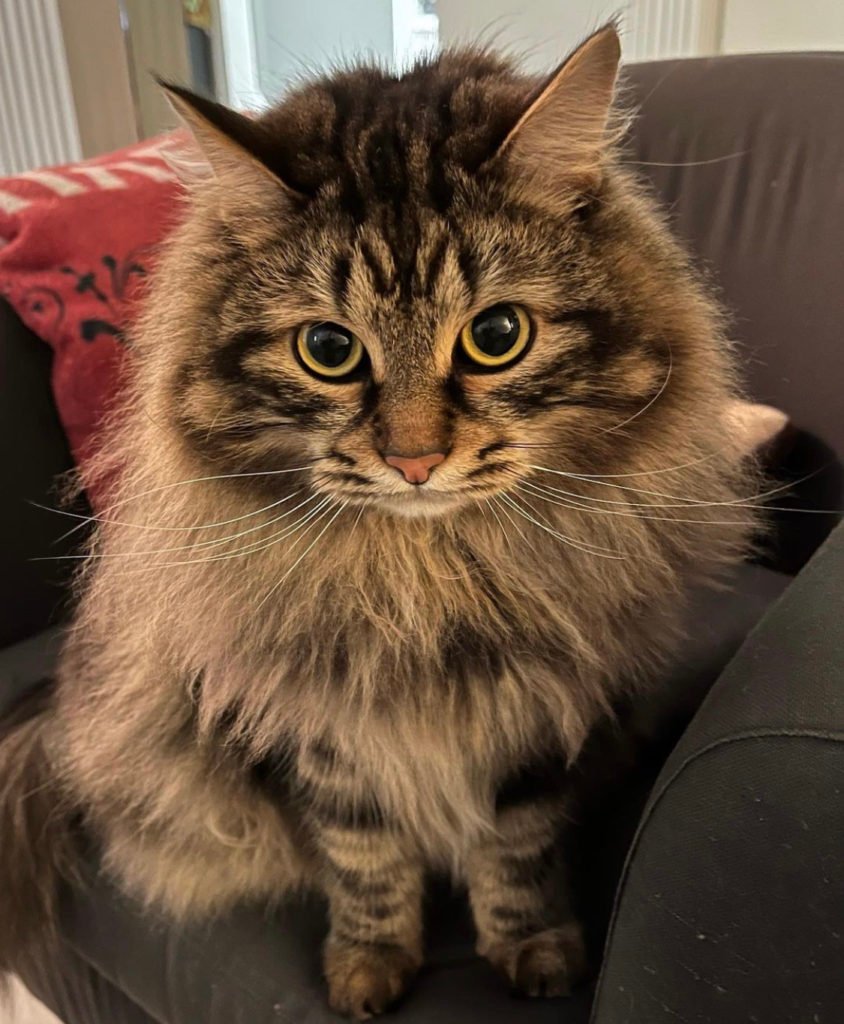
Environmental Enrichment
Transforming your cat’s environment into a feline paradise is vital to managing ADHD-like behaviors. Here’s how to make their surroundings more engaging:
Interactive Toys
Invest in toys that challenge your cat both mentally and physically. Puzzle feeders, motorized toys, and laser pointers can help channel their energy and focus, reducing hyperactivity and impulsivity.
Vertical Space and Hiding Spots
Cats love to climb and explore, so providing vertical spaces like cat trees, shelves, or window perches can satisfy their curiosity. Additionally, creating hiding spots such as boxes or enclosed beds offers a sense of security and helps to alleviate stress.
Behavioral Modification Techniques
Incorporating behavioral modification techniques can work wonders in managing your cat’s ADHD-like behaviors:
Reward-Based Training
Positive reinforcement, such as praise or treats, can help to shape your cat’s behavior. Reward them for calm, focused actions to encourage these behaviors over time.
Consistent Routine
Cats thrive on routine, so establishing a consistent schedule for feeding, playtime, and grooming can help alleviate stress and anxiety, which can contribute to ADHD-like behaviors.
Medication
In extreme cases, medication might be necessary to manage your cat’s ADHD-like symptoms:
Use of Medication in Extreme Cases
If your cat’s behavior becomes disruptive or harmful to its well-being, your veterinarian may prescribe medication to help manage their symptoms. Only using medicine under veterinary supervision and following their guidance is essential.
Monitoring and Adjusting Dosage
Regular check-ups with your veterinarian will ensure the medication works effectively and allow any necessary dosage adjustments. Monitoring your cat’s behavior and well-being is crucial during this process.

